NASA-DLR Study Finds Sustainable Aviation Fuel Can Reduce Contrails
Cleaner-burning jet fuels made from sustainable sources can produce 50%-70% fewer ice crystal contrails at cruising altitude, reducing aviation’s impact on the environment, according to research conducted by NASA and the German Aerospace Center (DLR). Ice crystal contrail formations can linger in the upper atmosphere for hours and affect the way Earth is heated and cooled. They […]
Documentary “River Of Gold” Released in the U.S.
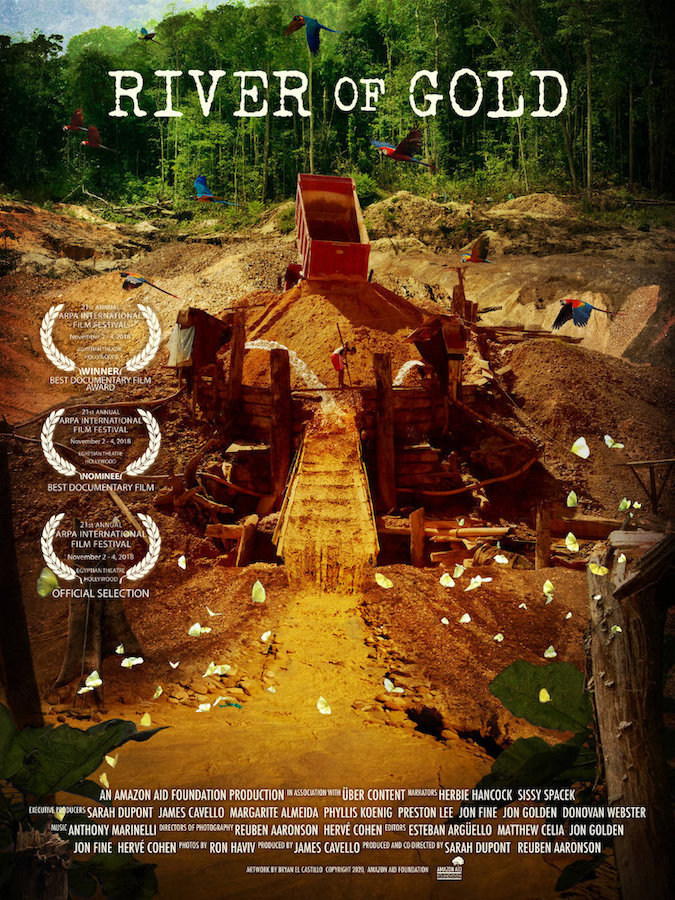
Documentary, Narrated by Sissy Spacek and Herbie Hancock, Reveals Deadly Impact of Illicit Gold Mining In The Amazon Riveting documentary River of Gold, which sounds the alarm about the dire threat of illicit and unregulated gold mining to the Amazon Rainforest, is now available on digital rental platforms in the U.S., with additional countries to follow. Narrated […]
United Renewable Energy and New Energy Equity Complete 4.3 MW of Community Solar Gardens in Minnesota
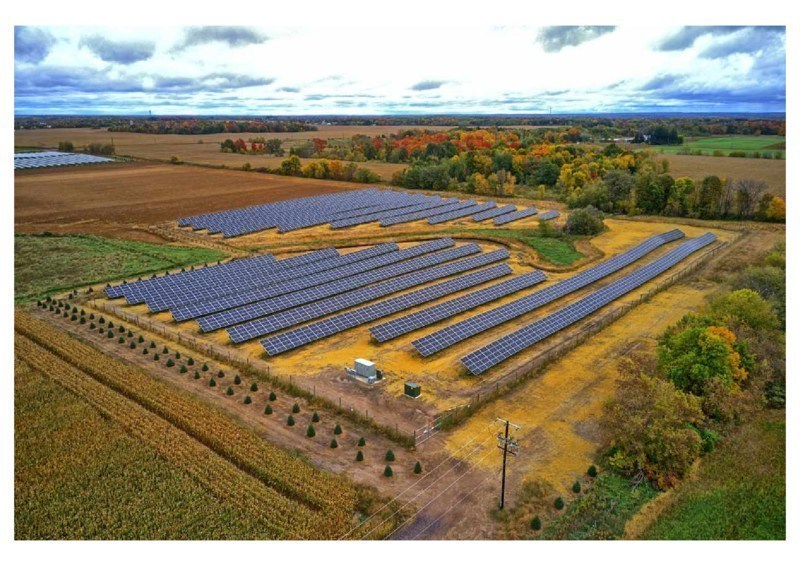
United Renewable Energy® (URE)®, a national Engineering, Procurement, and Construction provider, worked together with their development partner, New Energy Equity (New Energy), to add three new community solar gardens to Minnesota’s solar development portfolio. The three projects, located in North Branch, Lindstrom, and Cokato and totaling more than 4.3 MW DC, are together expected to produce 5,980 MWh of clean energy in their first […]
Hyundai Motor Partners With Healthy Seas to Foster a Sustainable Future
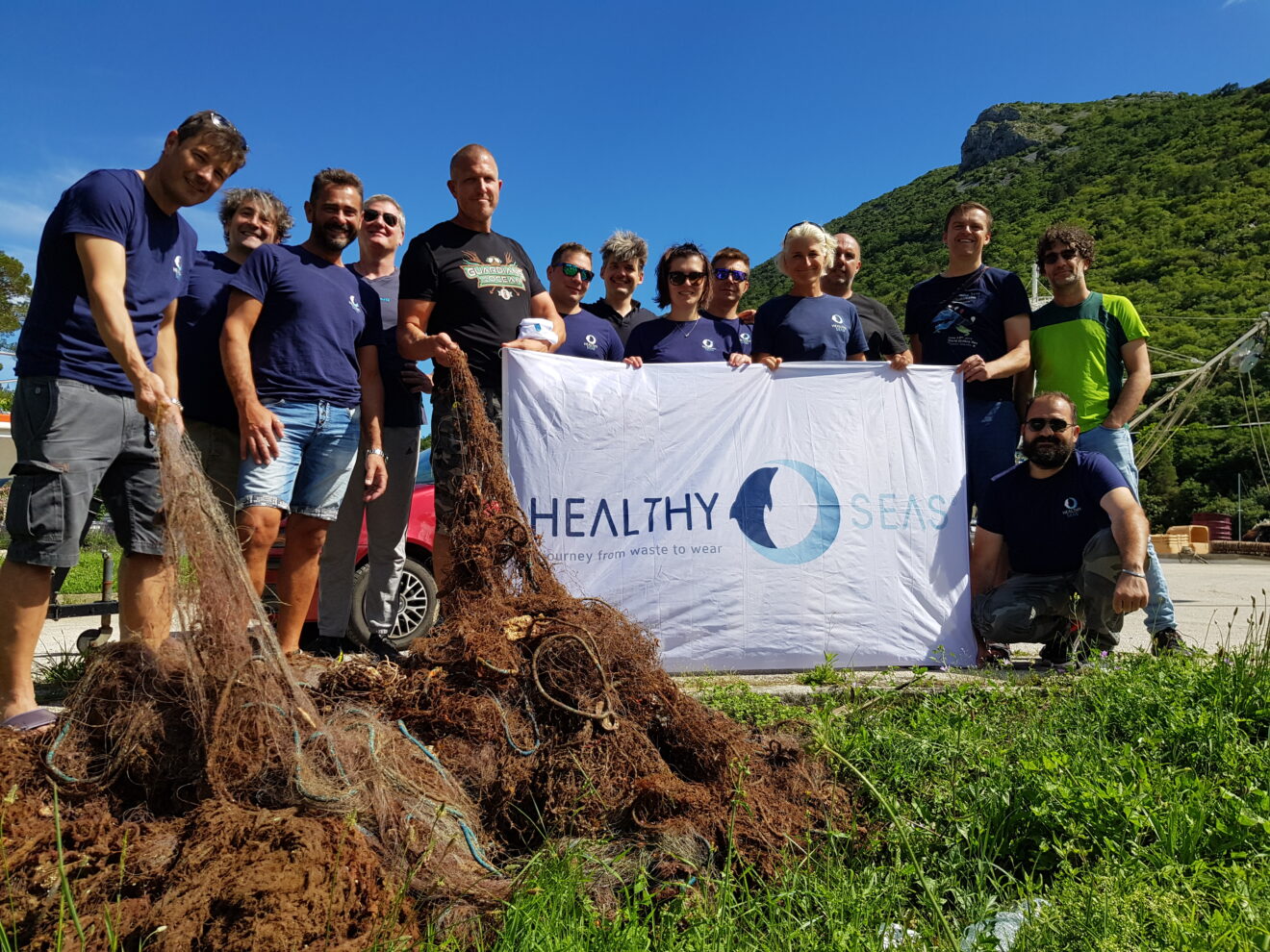
In pursuit of the company’s goal to establish sustainable leadership, Hyundai Motor has announced a pan-European partnership with the marine conservation organisation Healthy Seas By partnering with Healthy Seas, Hyundai is furthering its commitment to “Progress for Humanity” with a particular focus on the seas and oceans Based in the Netherlands, Healthy Seas aims to […]
Marine Mammal Rescue Day
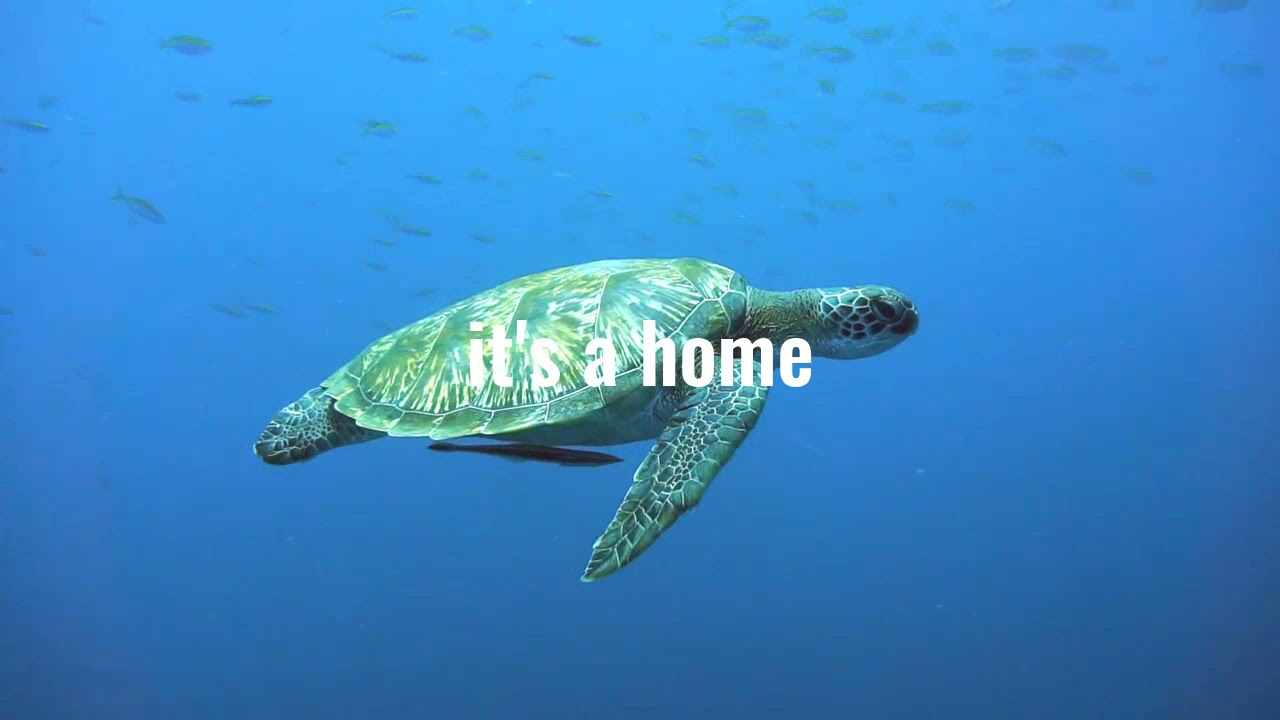
The California State Senate declared April 27th Marine Mammal Rescue Day in 2017. It is an observance and awareness of how we impact our oceans and coastal areas, and highlights our responsibility for its preservation. (Days of the Year) Spring is the height of animal rescue season due to illness and malnutrition […]
This Earth Day, No Evil Foods Wants You to Fight Racism by Cutting Out Plastic
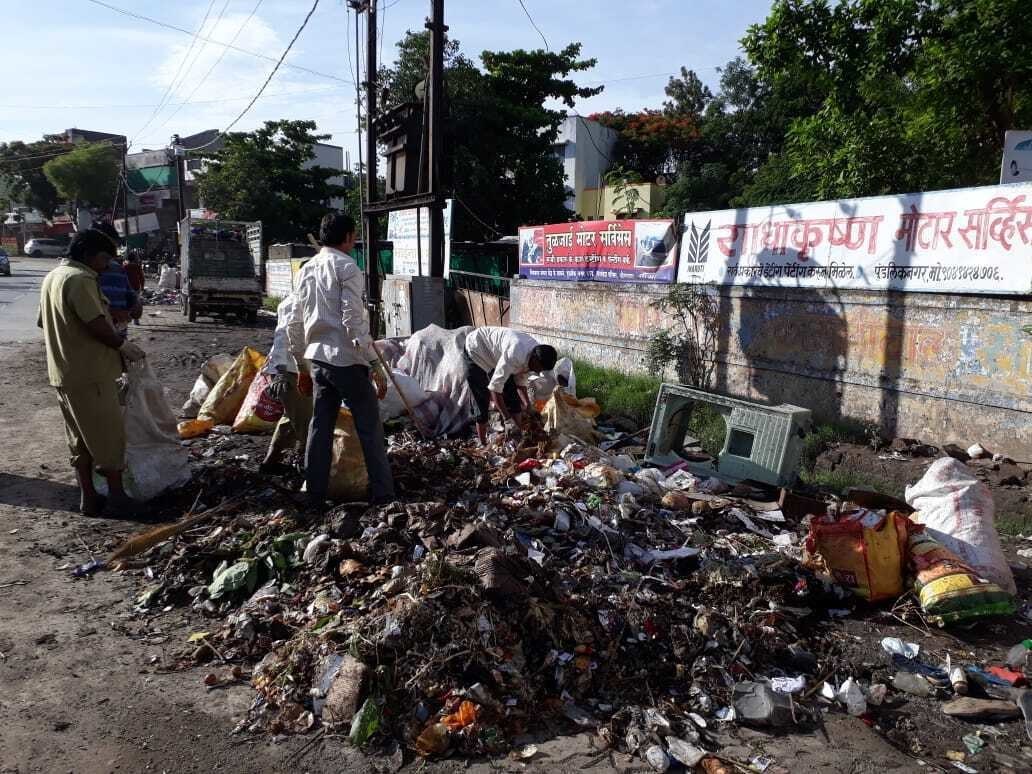
Plastic Hurts Minority Communities. Be Eco-Friendly and Anti-Racist by Scaling Back No Evil Foods, a plant-based meat brand, says plastic is racist. Here’s why: Black, Indigenous, and People Of Color (BIPOC) communities are disproportionately affected by environmental racism – particularly by the production, consumption and disposal of plastic in their neighborhoods. No Evil Foods […]
Earth Day 2021, April 22nd (Video)

It’s April 22nd and it’s Earth Day. What is Earth Day? Earth Day is an annual event celebrated on April 22. Worldwide, various events are held to demonstrate support for environmental protection. It was founded by United States Senator Gaylord Nelson as an environmental teach-in first held on April 22, 1970. Denis Hayes, who was the original national coordinator in […]
Earth Day 2021
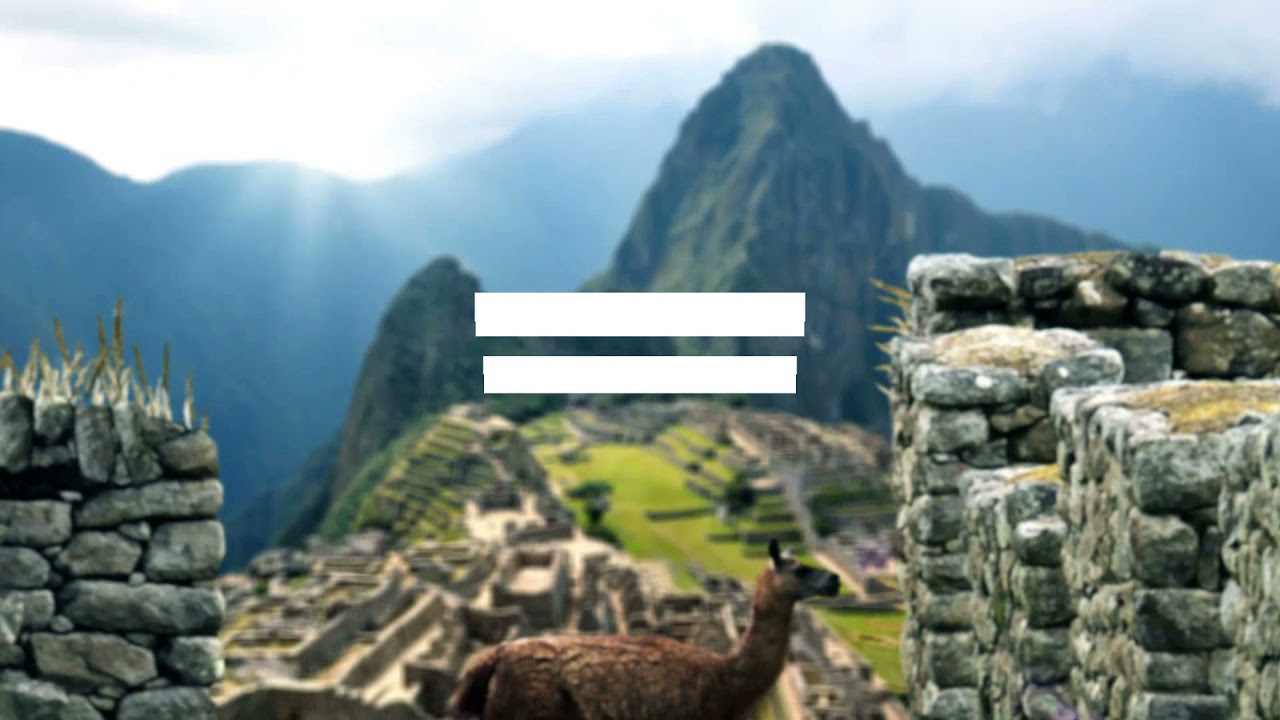
#Earth literally means the world to you, so show it your respect and love Earth Day is an annual event held on April 22 to demonstrate support for environmental protection. First held on April 22, 1970, it now includes a wide range of events coordinated globally by EARTHDAY.ORG including 1 billion people in more than 193 countries. […]
Earth Day 2021: Dreame Continues Earth Protection Initiatives with its Sustainable Solutions
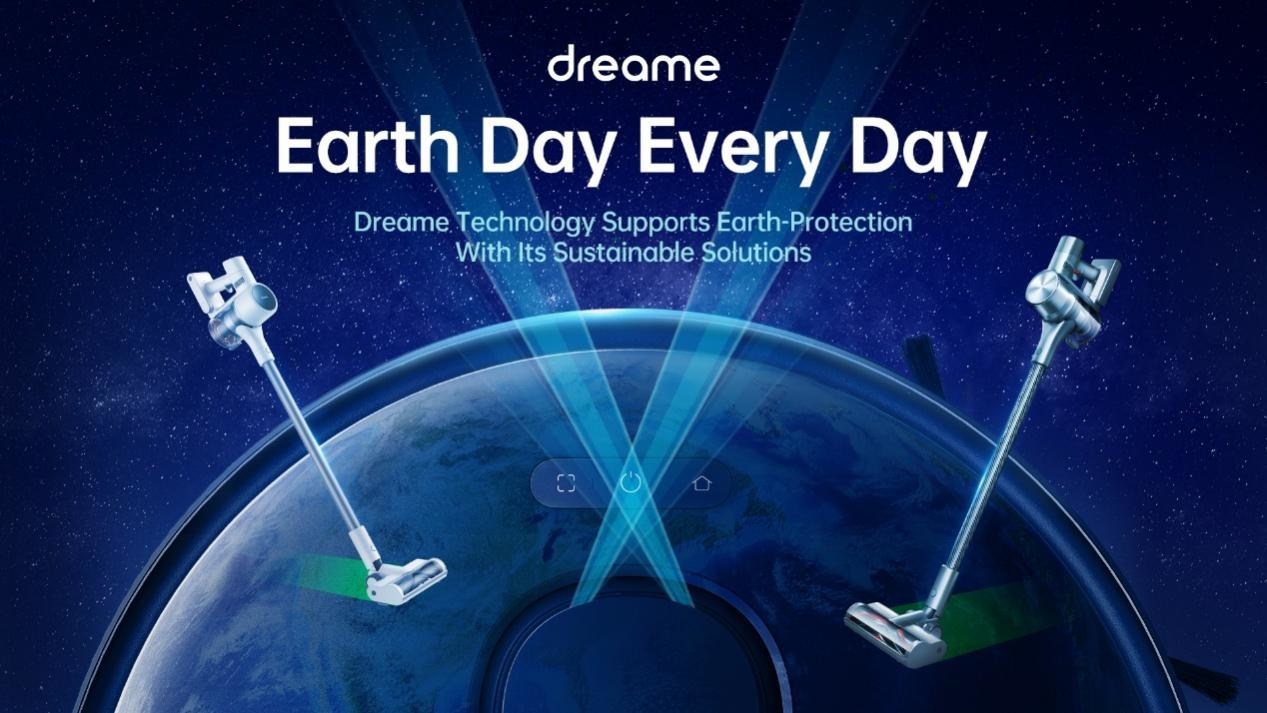
To support Global Earth Day, Dreame is offering 15% off its T10 vacuum cleaner from April 22-29 Dreame Technology, a growing innovative company specializing in smart home cleaning appliances, is celebrating Earth Day 2021 with a series of upcoming new releases that place special emphasis on environmental protection and energy consumption, while responding to growing home-cleaning […]
Lotus Sustainables Reaches Company Milestone and Celebrates Earth Day

SAN DIEGO – As Earth Day approaches, Lotus Sustainables, the team behind the patented, bestselling Lotus Trolley Bag System, has a lot to celebrate. The company has reached a milestone by eliminating over 500 million single-use plastic bags. This month, Lotus Sustainables celebrates Earth Month with their Lotus Seeds of Sustainability campaign, inspiring people to “plant” Seeds […]


